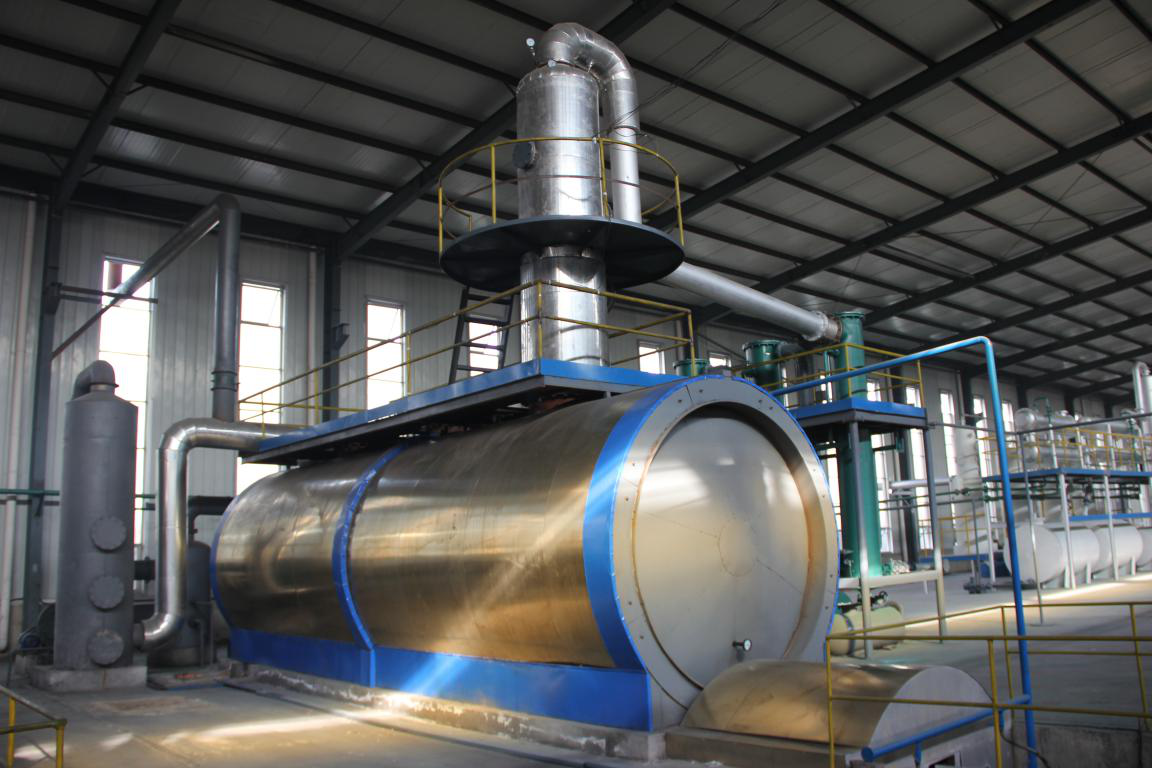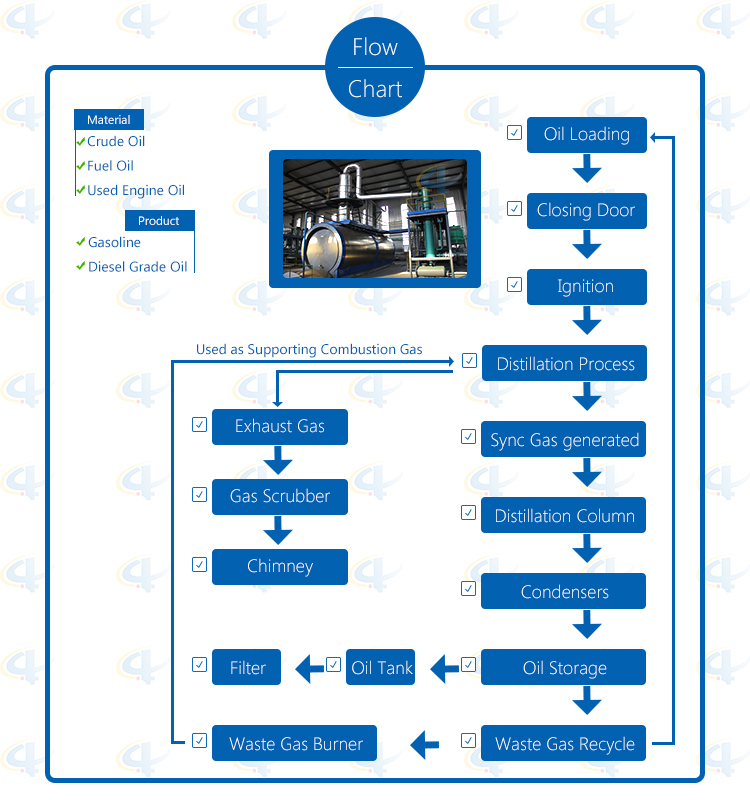The type of gate valve can be divided into wedge-type gate valve and parallel gate-type gate valve according to the configuration of sealing surface. Wedge-type gate valve can be further divided into: single-gate type, double-lock type and elastic type; parallel gate type gate valve can be used. Divided into a single gate and double gate plate type. Divided according to the thread position of the valve stem, it can be divided into two kinds: open rod gate valve and dark rod gate valve.
When the gate valve is closed, the sealing surface can be sealed only by the medium pressure, that is, relying on the medium pressure to press the sealing surface of the gate plate to the valve seat on the other side to ensure the sealing of the sealing surface, which is self-sealing. Most of the gate valves are forced to seal, that is, when the valve is closed, it is necessary to force the gate plate to press against the valve seat in order to ensure the sealing of the sealing surface.
The gate of the gate valve makes linear motion with the valve stem. It is called lifting rod gate valve (also called open rod gate valve). Trapezoidal threads are usually provided on the lifting rods. The nuts on the top of the valve and the guide grooves on the valve body convert the rotation into linear motion, that is, the operating torque becomes the operating thrust.
When the valve is opened, when the lifting height of the gate is equal to 1:1 of the valve diameter, the channel of the fluid is completely open, but this position cannot be monitored during operation. In actual use, the vertex of the valve stem is used as a mark, that is, a position that does not move, as its fully open position. To account for temperature changes in the lock-up phenomenon, usually in the open to the top position, and then back 1/2 -1 turn, as a fully open valve position. Therefore, the fully open position of the valve is determined by the position of the gate (ie stroke).
Some of the gate valves, stem nut is located on the gate, the rotation of the hand wheel drives the valve stem to rotate, and the gate is lifted. This type of valve is called a rotary rod gate valve or a dark rod gate valve.
Manual gate valve working principle:
By turning the handwheel, the valve plate connected to the valve stem can be lifted or lowered by the advance and retreat of the thread of the handwheel and the valve stem, and the action of the opening and closing action of the gate valve has the following advantages:
The fluid resistance is small, and the sealing surface is scratched and eroded by the medium.
Open and close more effort.
The flow direction of the medium is not limited, and it does not disturb the flow nor reduce the pressure.
The utility model has the advantages of simple body, short structure length, good manufacturing processability and wide application range.
The disadvantages of the gate valve are as follows:
Erosion and scratches are easily caused between the sealing surfaces, and maintenance is difficult.
Large size, opening requires a certain space, long opening and closing time.
The structure is more complicated.
The wide variety of gates can be divided into wedge type gate valves and parallel gate type gate valves according to the configuration of the sealing surface. The wedge gate type gate valves can be further classified into single gate type, double gate type and flexible gate type; parallel gate type gate valves Can be divided into a single gate and double gate plate. Divided according to the thread position of the valve stem, it can be divided into two kinds: open rod gate valve and dark rod gate valve.
Gate valve installation and maintenance should pay attention to the following matters:
Handwheels, handles, and transmissions are not allowed to lift, and collisions are strictly prohibited.
The double gate valve should be installed vertically (ie, the stem is in a vertical position with the handwheel at the top).
Gate valves with bypass valves should open the bypass valve before opening (to balance the differential pressure at the inlet and outlet and reduce the opening force).
The gate valve with transmission mechanism shall be installed in accordance with the instructions of the product manual.
If the valve is always switched on and on, lubricate it at least once a month.
Structural features:
For a long time, the general gate valve used in the market is generally leaking or rusting. The company introduced the European high-tech rubber and valve manufacturing technology to produce the elastic seat sealing gate valve, which overcomes the defects of general gate valve sealing and rust, etc. The gate valve utilizes the compensation effect of the elastic gate to generate a slight amount of elastic deformation to achieve a good sealing effect. The valve has the advantages of lightness of the switch, reliable sealing, good elastic memory, and long service life. Can be widely used in tap water, sewage, construction, petroleum, chemical, food, medicine, textile, electric power, shipbuilding, metallurgy, energy systems and other body pipelines used as regulation and closure devices.
Gate valve features:
Light weight: The body is made of high-grade ball black cast iron, which weighs about 20% to 30% less than traditional gate valves. It is easy to install and maintain.
Flat-bottomed gates: traditional gate valves are often trapped in the bottom of the valve due to the presence of foreign objects such as stones, blocks, cement, iron filings, debris, etc. after they are flushed with water. This can easily result in failure to close and form water leakage. The bottom of the elastic seat gate valve is the same as that of the water pipe machine, which is not easy to cause debris accumulation and make the fluid unobstructed.
Overall encapsulation: The gate uses high-quality rubber for internal and outsourced rubber. The European first-class rubber vulcanization technology enables the vulcanized gate to ensure precise geometric dimensions, and the rubber and spheroidal cast gates are then firmly secured and do not easily fall off. Good elastic memory. Water casting valve body: The valve body adopts precision casting. The precise geometry allows the valve body to seal the valve without any finishing.
Gate valves have the following advantages:
1, the fluid resistance is small, the sealing surface is affected by the medium brush and erosion.
2, open and close more effort.
3, the direction of flow of the media is not limited, does not disturb the flow, does not reduce the pressure.
4, simple body, short structure, good manufacturing process, a wide range of applications.
The disadvantages of the gate valve are as follows:
1. It is easy to cause erosion and scratches between the sealing surfaces and maintenance is difficult.
2. Large size, opening requires a certain space, long opening and closing time.
3, the structure is more complicated.
The wide variety of gates can be divided into wedge type gate valves and parallel gate type gate valves according to the configuration of the sealing surface. The wedge gate type gate valves can be further classified into single gate type, double gate type and flexible gate type; parallel gate type gate valves Can be divided into a single gate and double gate plate. Divided according to the thread position of the valve stem, it can be divided into two kinds: open rod gate valve and dark rod gate valve.
Gate valve installation and maintenance should pay attention to the following matters:
1. Handwheels, handles and transmission mechanisms are not allowed to be lifted, and collisions are strictly prohibited.
2. The double gate valve shall be installed vertically (ie the valve stem is in a vertical position and the handwheel is at the top).
3. The gate valve with bypass valve should open the bypass valve before opening (to balance the pressure difference between the inlet and outlet and reduce the opening force).
4. The gate valve with transmission mechanism shall be installed in accordance with the instructions of the product manual.
5, if the valve is used regularly, lubricate at least once a month.
The main standard of gate valve (1) GB12232-89 "General Valve Flange Link Iron Gate Valve"
(2) GB12234-89 "General Valve Flange and Butt Welding Connection Steel Gate Valve"
(3) GB8486-87 General Technical Regulations for Connection of Internal-Threaded Gate Valves, Dead-End Valves, Ball Valves, and Check Valves
(4) GB8465.1-87 "The internal size of the gate valve, ball valve, ball valve, iron gate valve"
(5) JB/T53162-94 Gate Valve Product Quality Classification
(6) JB/T5298-91 "Steel Plate Gate Valves for Pipeline"
(7) JB/Z243-85 "Valve Valve Static Pressure Life Test Procedure"
(8) JB/TQ648-88 "Fertilizer Plate Gate Valve with Iron"
(9) JB/T53200-94 "Product Quality Classification of Iron Valence Plate Valves"
(10) JB/T53242-94 "Steel Plate Gate Valve Product Quality Classification"
Waste Engine Oil Distillation Plant
Waste engine oil distillation plant
The Waste engine oil distillation plant is used to refine waste engine oil, crude oil and fuel oil after pyrolysis process into diesel grade oil, gasoline or and base oil. The daily capacity of this plant is about 5-6 tons.

Flow-chat of waste engine oi distillation plant

Advantage of waste engine oi distillation plant
1. Unique and original manufacturing and technology with our own formula of our equipments in China;
2. Unique horizontal design, high oil output with about 90% oil yield and 100% conversion rate, highly effective and profitable;
3. Good quality end product oil as the substitution of standard diesel oil in usage;
Automatic submerged welding technology, ultrasonic nondestructive testing, both manual and the automatic safety devices;
4. Sync gas recycling system: fully burned after recycling and utilization, saving fuel and preventing pollution;
5. National patent, unique heat insulation shell: high efficiency temperature keeping, excellent energy-saving effect;
6. High condensing efficiency condensers with more oil output. Good quality oil, longer lifetime, and easy to clean;
7. National patent water film smoke scrubbers: efficient removal of the acid gas and dust of the smoke, environmental friendly to meet related national standards.
Technical Parameter of Waste engine oil distillation plant
|
NO. |
Item |
Technical Parameter |
|
1 |
Suitable Raw Materials |
Waste engine oil, Pyrolysis fuel oil, crude oil |
|
2 |
Structure |
Horizontal Type |
|
3 |
Capacity(24 hours) |
3.5-6.5Mt |
|
4 |
Work Pressure |
Normal Pressure |
|
5 |
Oil Yield |
80%-90% |
|
6 |
Power |
18 kw/H |
|
7 |
Cooling Method |
Cycle water |
|
8 |
Condensers |
4 pieces of Vertical condensers |
|
9 |
Emission Treatment |
New DE-sulfurization Smoke Scrubbers |
|
10 |
Heating Method |
Hot Air |
|
11 |
Type of Installation |
With Foundation |
|
12 |
Noise dB(A) |
≤85 |
|
13 |
Dimension of Reactor(mm) |
Ф2200×6000 Ф2500×8800 |
|
14 |
Operating Mode |
Semi-continuous Operation |
|
15 |
Main Chamber Weight (MT) |
10~13Mt |
|
16 |
Total Weight(MT) |
25~35Mt |
|
17 |
Installation Space Required |
35m*15m |
|
18 |
End Product |
Non-standard diesel oil |
|
19 |
Manpower |
1~2/shift |
|
20 |
Shipment Requirement |
2*40HC=Ф2200×6000 1*40HC+1*40FR=Ф2500×8800 |
Distillation Plant,Oil Distillation,Waste Oil Recycling,Waste Engine Oil Recycling
Shangqiu Jinpeng Industrial Co., Ltd. , https://www.recyclingthewaste.com